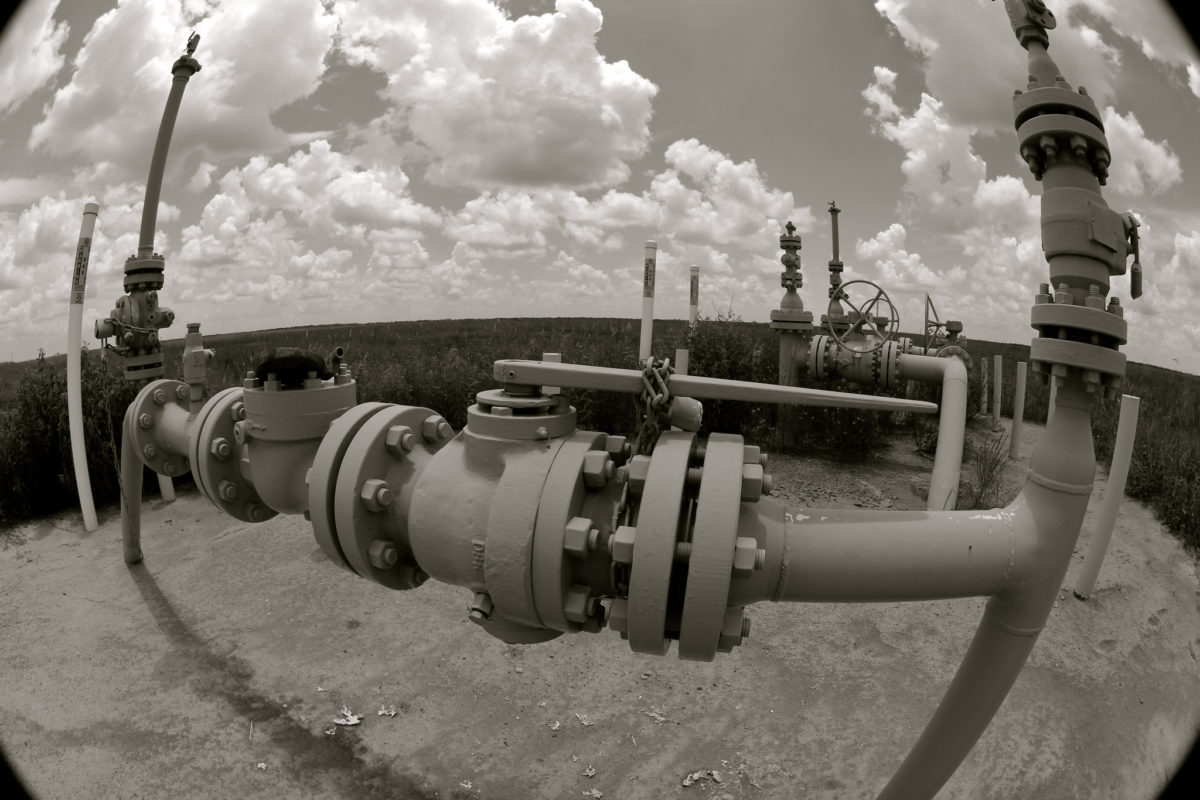From pv magazine Australia.
While the majority of mining operations continue to rely on conventional power – mainly fossil fuel energy from the grid, piped gas or off-grid diesel – momentum is building for an energy transition. Beyond signalling an intent to reduce emissions from fossil fuel operations or, as is the case with Rio Tinto, abandoning coal completely, mining companies are getting serious about integrating renewables into their energy mix to reduce expenditure.
“Mines are most interested in solutions that can reduce costs and carbon emissions,” said Dave Manning, global head of hybrid for renewables developer Juwi. “The most advanced options to deliver this are hybrid systems that integrate solar, wind and batteries with diesel, gas or heavy fuel oil generators, without compromising reliability or power quality.”
Last month, Juwi’s landmark Australian project at the DeGrussa mine achieved its annual generation target a month early. The Sandfire DeGrussa facility consists of a 10.6 MW tracking PV project and a 6 MW battery coupled with a hybrid control system which Juwi developed and built and which it has been operating and maintaining since 2016. “This confirms that hybrid systems reduce costs without compromising power system reliability and safety,” said Manning.
A new solution
In the Australian mining sector, the deployment of renewable energy hybrid systems appears to be gaining momentum. Only last month, plans were unveiled for two major hybrid microgrids powered by solar, wind and batteries in remote locations on the fringe of Western Australia’s electricity grid. One of them is the Agnew hybrid microgrid, to be deployed at a gold mine in the northern Goldfields and consisting of a 4 MW solar farm, 18 MW wind facility and 13 MW/4 MWh battery storage alongside a 16 MW gas-fired power station. The project will be delivered by distributed energy developer EDL with Juwi.
Against a backdrop of mounting pressure from consumers, investors and regulators pushing for an energy transition, the main factor supporting the economics for hybrid microgrids at mines – as well as across the commercial and industrial landscape – is the rapidly falling cost of renewables and storage. “In the absence of carbon pricing or robust support schemes for renewables in mining; solar, wind and battery had to stand on their own feet commercially right from the start,” said Juwi’s Manning.
As mining microgrids develop in size and complexity, the seamless on site integration of renewables is presenting less of a barrier to adoption. At the Energy and Mines Australia Summit in Perth last month, the German developer launched the Juwi hybrid IQ, which enables renewables, batteries and new technologies such as hydrogen to be integrated into mining operations. At the core of the system is a micro-grid controller and SCADA system that incorporates generation and distribution assets from solar, wind and battery to gas, diesel, heavy fuel oil and even hydrogen generators. On top of that, the Juwi hybrid IQ also includes enabling technologies such as cloud and wind forecasting.
While its new solution is designed to integrate hydrogen into mining microgrids, Juwi still sees obstacles ahead. “Right now, however, the costs of electrolyzers and fuels cells are too high to compete with traditional fuels or batteries,” added Manning. He said there is also a lack of experience in using hydrogen with other fuels in reciprocating engines or gas turbines.
Green hydrogen in mines
Nonetheless, the case for hydrogen has long been known, with Australia among the nations most favorably placed to turn the hype into reality. Declaring 2019 a critical year for hydrogen, the International Energy Agency said the fuel was enjoying unprecedented momentum around the world and could finally be set on a path to fulfilling its longstanding potential as a clean energy solution. Adding to that momentum, the Council of Australian Governments meeting between state and national elected members last week released consultation papers on a national hydrogen strategy and is seeking submissions from industry and the community.
In the mining sector, hydrogen has massive potential, including for fuel substitution, renewables integration and power supply. According to Gus Nathan, director of the Center for Energy Technology at the University of Adelaide, one of the key, potentially high value applications is in the displacement of diesel in underground mines.
In such operations, Nathan said, hydrogen would bring a double benefit – displacing diesel and reducing ventilation costs. “However, while some of these vehicles are now emerging onto the market there is limited experience in establishing complete systems with proven reliability,” he said. He believes a key milestones for hydrogen in mines will be the demonstration of reliable, operating systems and deeper understanding of the full value chain.
This content is protected by copyright and may not be reused. If you want to cooperate with us and would like to reuse some of our content, please contact: editors@pv-magazine.com.




2 comments
By submitting this form you agree to pv magazine using your data for the purposes of publishing your comment.
Your personal data will only be disclosed or otherwise transmitted to third parties for the purposes of spam filtering or if this is necessary for technical maintenance of the website. Any other transfer to third parties will not take place unless this is justified on the basis of applicable data protection regulations or if pv magazine is legally obliged to do so.
You may revoke this consent at any time with effect for the future, in which case your personal data will be deleted immediately. Otherwise, your data will be deleted if pv magazine has processed your request or the purpose of data storage is fulfilled.
Further information on data privacy can be found in our Data Protection Policy.